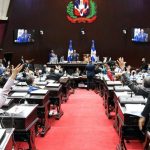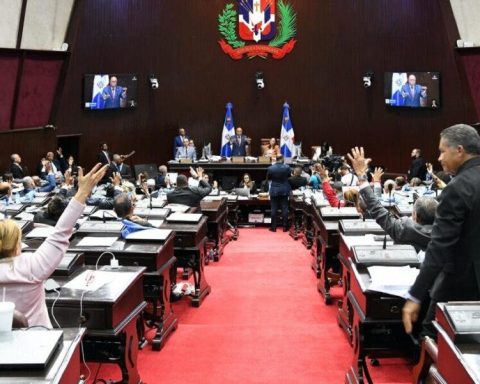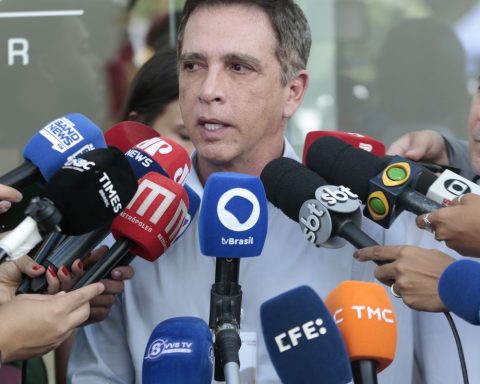The IGP volcanologist, Marco Rivera, reported that the IGP evaluates the change in the alert level, considering several factors, such as the reduction of explosions between 4 to 6 per day, their intensity, the emission of fumaroles, the reduction of the microseisms inside the crater, among others.
LOOK: Kilauea volcano erupts in Hawaii with 80-meter lava fountains
According to the specialist, the number of explosions, whose Gas and ash emissions reach a height of less than 1,800 meters above the craterthey can also be considered at the yellow alert level, which means lower risk. The decision to change the alert will be defined in the first weeks of January.
Likewise, he indicated that, given the reduction in explosions and intensity, it is an opportune time to carry out environmental impact studies such as studies of soil, air, grasslands, land, livestock and moreconsidering that within 8 km of Sabancaya there are approximately 40 families that live off livestock in the ranches like Cajamarcana, Sallalli, Mucurcaamong others.
He environmental impact study of 8 years of eruptionwould correspond to institutions such as Health, Agriculture, Weapons, among others, but also studies from public and private institutions such as universities.


















